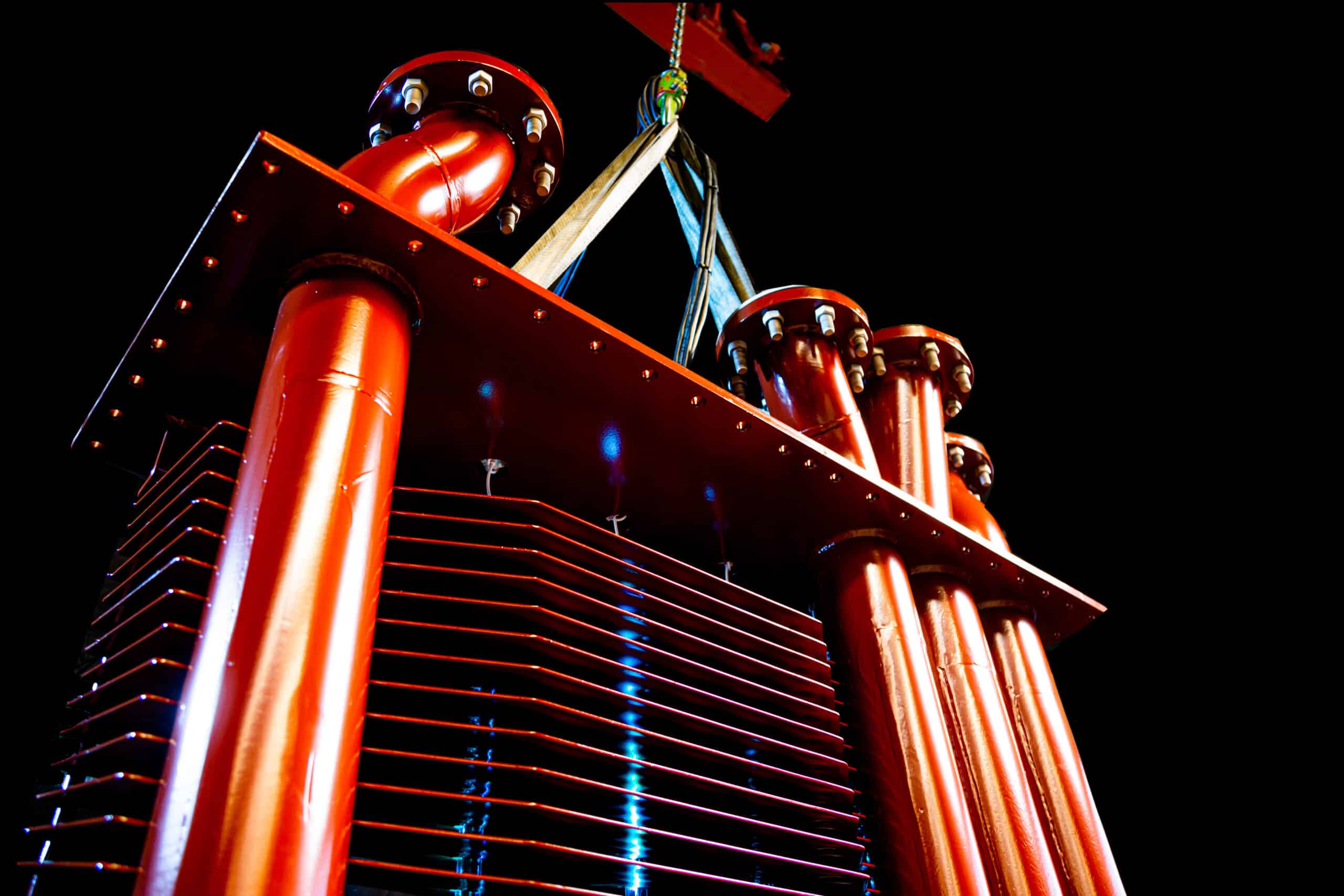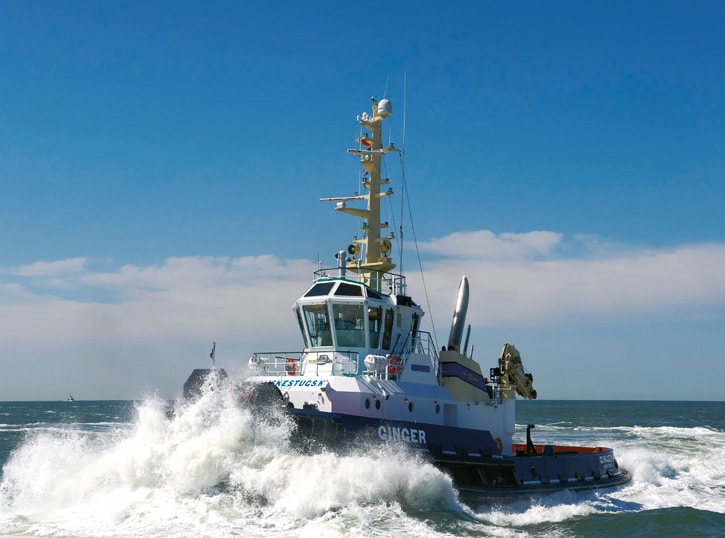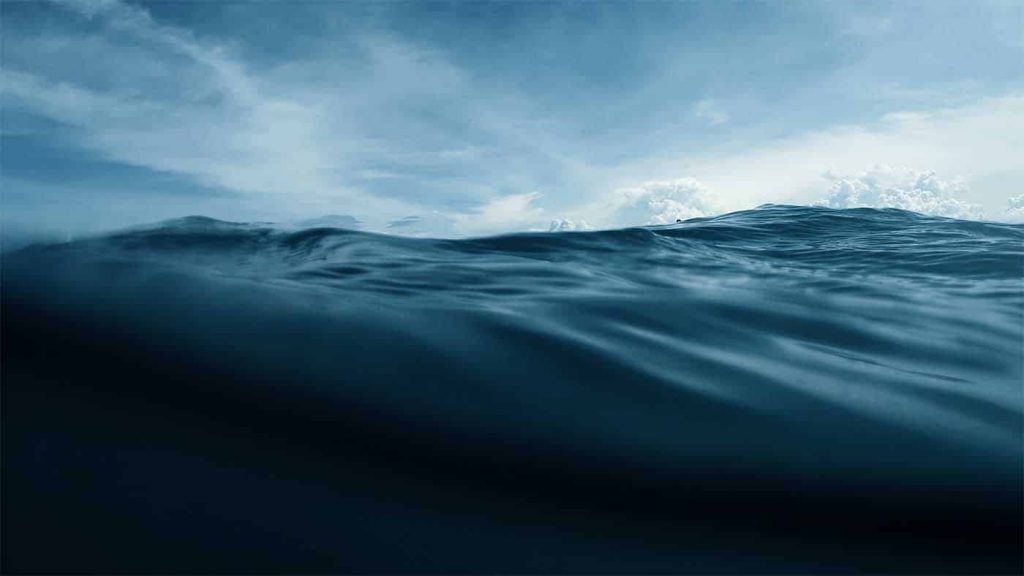UV-C Cooler
CORROSION is a market leader in consistently developing better products and processes. Together with high-end partners, UV-C light is one of the trails we’ve been exploring. A non-chemical alternative anti-fouling method with tried and true results in other markets. CORROSION has pushed even further, seeing workable solutions for the maritime sector.

Our new UV-C uses underlying technology based on Philips IP to eliminate fouling growth.
The UV-C cooler can be used for both retrofit and new building. For retrofit, the UV-C cooler is designed to be backwards compatible to the existing box cooler, where for newbuilding, the cooler is custom designed to meet the specifications. We at CORROSION are proud to present you with a ground-breaking invention. CORROSION’S UV-C box cooler is unlike anything on the market. It uses underlying technology based on Philips IP to eliminate fouling growth. An innovation that fits today’s need for sustainable solutions.
The results for you? Increased operational efficiency. Reduced costs. And – A reduced impact on the environment.

Downloads
Downloads
FAQ
Without the right form of protection, engine coolers soon become overgrown by marine growth, which reduces the cooling capacity of vessels’ engines. The UVC- Cooler combines the benefits of pillow-plate-cooler with the power of sustainable UV-C light to prevent fouling, enabling engines to function at optimum levels.
UV-C light is efficient against marine growth 24/7. The cooler is made out of carbon steel, just like the hull. So fewer corrosion problems. A further key benefit is that the maintenance replacement process is low. UV-C lights can be replaced within just 20 minutes or less from the inside of the vessel, without dry-docking.
Material that is in the shadow of the UV-C light cannot be protected.



